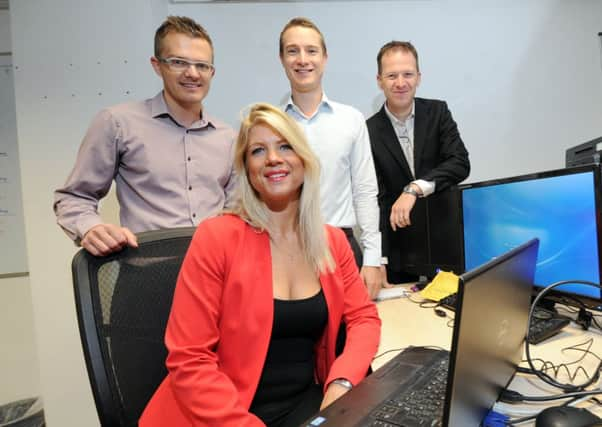BJSS rebuilds ‘electronic backbone’ of health service


Over the last two years Leeds-based software firm BJSS has worked with The Health and Social Care Information Centre to rebuild and relaunch what has been dubbed “the electronic backbone of the NHS” – the core network thousands of care organisations, health professionals and patients use.
NHS Spine connects GP systems with hospitals and other healthcare providers to share patient information.
Advertisement
Hide AdAdvertisement
Hide AdThe aim was to update the system, which was launched over 10 years ago, and make it faster, cheaper and more reliable.
The day-to-day running costs are set to fall substantially following the decision to bring the system in-house.
Using so-called agile′ development methodology, Spine 2 also has better flexibility and is easier for the NHS to update itself, incorporating a lot of automation.
The vast majority of the work was done by a 30-strong team at BJSS’s Leeds headquarters as well as NHS locations in and around the city.
Advertisement
Hide AdAdvertisement
Hide AdMike Buck, consultant and practice lead at BJSS in Leeds, said: “We initially worked with a small NHS team and helped them validate their ideas and confirm that their approach would work and then we helped them develop the system.”
From a user’s point of view, the changes are very small, although they might notice that the system is a bit faster.
“What has really changed is the stuff at the back,” said Buck.
The system was built in a completely different way to the previous version using open source components to make it more flexible and easier to maintain.
Advertisement
Hide AdAdvertisement
Hide AdOne of the main challenges of the project was to make sure the project was delivered on time and that it met all the NHS’s requirements.
The other big challenge was to migrate the organisation’s IT systems and services to the new infrastructure over the August bank holiday weekend without disruption.
“We had to make sure that the thousands of other systems that connect to the Spine continued to work and millions of messages dispersing patient data carried on working,” Buck said. “We did that by working with assurance and development people within the NHS.”
The software went through months of rigorous planning, testing and development before it went live, said BJSS, which is privately owned.